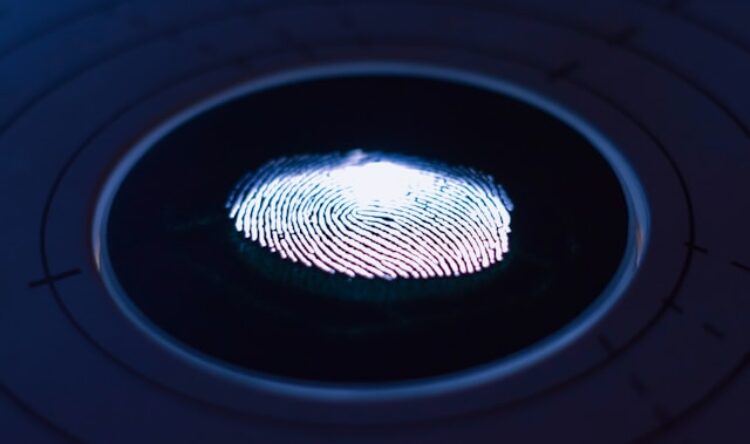Kids, coffee, music and the driver
What effects can common factors have upon driver reaction times?
As a driver, having quick reaction times is essential. However, there are many external factors that can impact a driver’s reflexes, whether it be the type of music you have on or who is in the car with you.
A new study by USwitch has investigated the effects of different external factors by teaming with CX Lab, a behavioural science consultancy. They tested over 100 drivers on their reaction times when they were exposed to different stimuli.
Data and methodology
Behavioural science consultancy, CX Lab, created a unique experiment. It used 16 different clips taken from the official DVSA Hazard Perception Test (HPT). Participants were instructed to watch the clips and press space when they spotted a hazard.
Participants first carried out the HPT with no sound. This established a baseline for each as a ‘control’ condition. These same 16 clips were then edited to include audio, with six different music tracks (rap, techno, heavy metal, classical, jazz and R&B). There was also a track featuring noisy children. Participants completed the HPT again, with one of the soundtracks, allowing us to compare this to their control baseline. This was also equated to in terms of stopping distance from a ‘control’ results.
Finally, participants were asked to complete the HPT 20 minutes after drinking a strong cup of coffee. Again the result was compared to their control time.
No participant viewed any individual clip more than once. There was an equal split between men and women, all aged 18+, 35% of whom had been driving for over 25 years. Most drivers drove at least four times a week.
Distracted?
The external factors included:
The results:
How did men and women compare?
On average, our experiment found women to be faster at spotting hazards, responding 690ms faster than men. In a car travelling at 30 mph, this means women would stop 9.21m sooner than men would.
Travelling at 70 mph, this stopping distance increases to women stopping 21.48m earlier than men.
Which genre of music has the biggest impact on reaction times?
Out of the six different genres of music our participants listened to, rap had the most positive impact. In a car travelling at 70 mph, participants listening to rap music would stop 15.49m sooner than those listening to no music at all.
At the other end of the scale, people listening to R&B had the worst reaction times. The stop 4.24m later at 70 mph when compared to people listening to no music.
Does caffeine improve your reaction time?
Out of all the factors we tested, caffeine had the biggest impact on results.
Participants drinking a strong cup of coffee 20 minutes before taking the test responded quicker to a hazard. This meant stopping 23.92m earlier when travelling at 70 mph, compared to people who had no caffeine in their system.
What impact can noisy kids have on your reaction time?
When listening to the sound of noisy children, participants actually reacted faster upon seeing a hazard. This equated to an improvement in stopping distance of 13.49m when travelling at 70 mph.
You can see the final report here.





